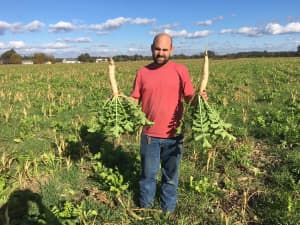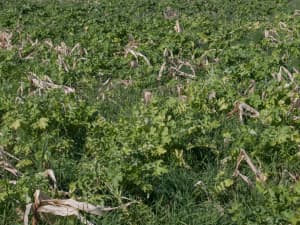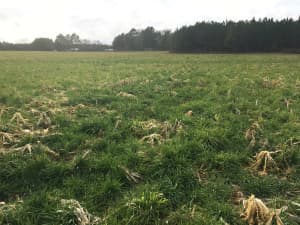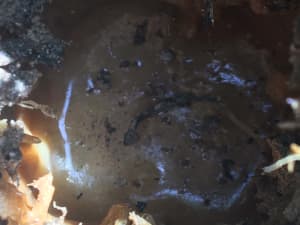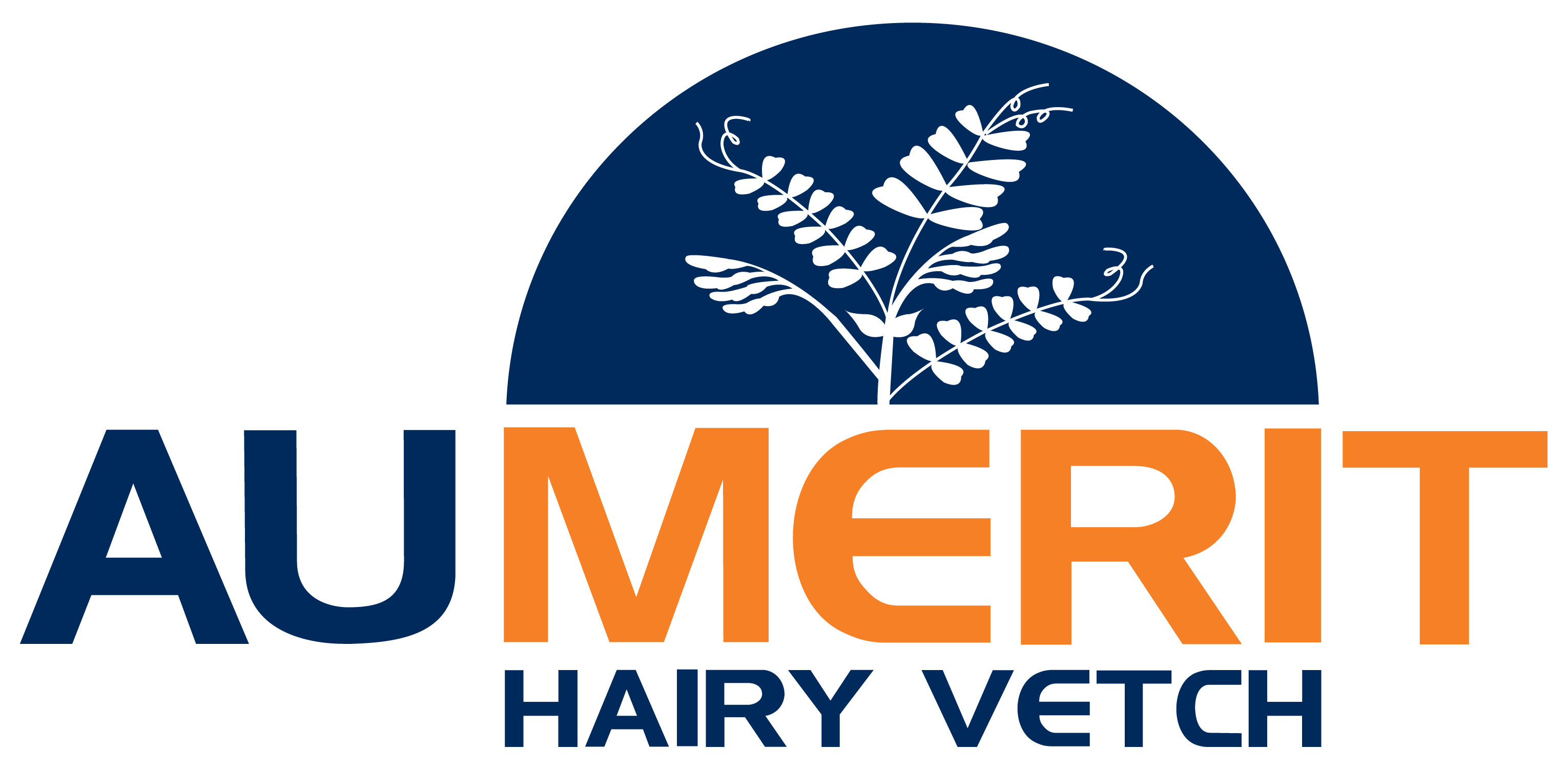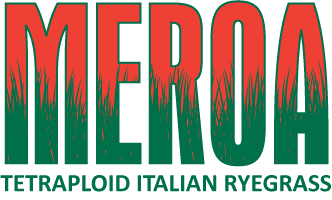
CCS 779
Daikon Radish
Improve your soil. Scavenge nutrients. Reduce weeds.
With its deep tap root and abundant vegetation, CCS-779 daikon radish works to reduce compaction, improve soil, scavenge excess nitrogen, and suppress weeds – all at the same time.
Find a dealerFeatures
Capture Extra Nutrients
CCS 779 cover crop radish can be quite beneficial to row-crop farmers. When planted in the fall, CCS 779 plants are able to capture excess nutrients left over from crops like corn and soybeans.
Deep Roots, Full Coverage
CCS 779 plants have deep roots which help break up soil compaction, while the abundant foliage reduces weeds and erosion.
Easy to Kill
CCS 779 is not winter hardy, making it easy to terminate in order to prepare for the next crop.
Release Stored Nutrients
As the radish plants break down, they feed the good bugs in the ground and most importantly, slowly release all the captured nutrients and make them available for the subsequent crop. The next crop can take advantage of these “free” nutrients.
Uses
Reduce Soil Compaction and Sweeten Your Soil
CCS 779's deep roots dig deep, helping alleviate soil compaction and mellow out the soil. Extensive roots provide new channels for nutrients and water. Additionally, as the tubers break down, they become a wonderful food source for the underground microscopic life that brings health to our soils.
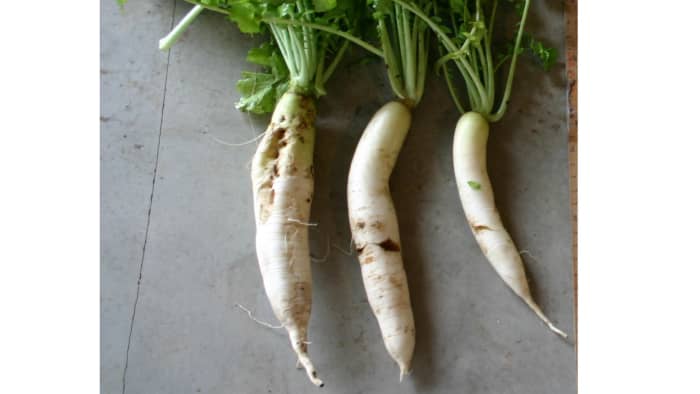
Suppress Weeds with Less Chemicals
Using CCS 779 cover crop radish is a great way to naturally suppress winter weeds. Their abundant top-growth smothers many weeds and blocks sunlight from initiating germination to unwanted plants. Additionally, CCS 779 excretes biochemicals which slows and even stops the growth of some weed plants around it, leaving the ground clean and ready for spring planting.
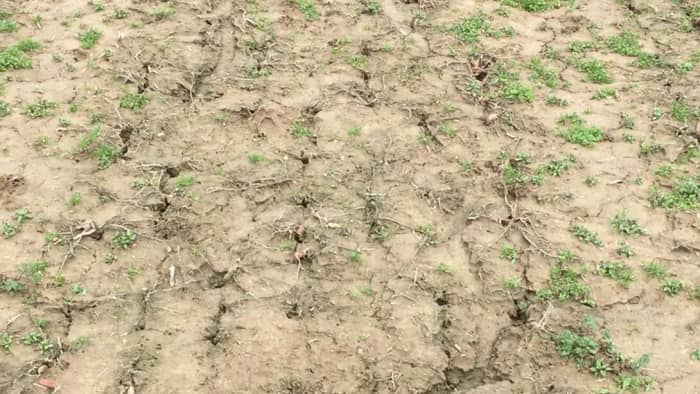
Cover Crop Performance
In the October of 2019, researchers with the University of Tennessee planted extensive cover crop trials in three Tennessee locations – Knoxville, Spring Hill, and Milan. In addition to assessments of nitrogen content and release, assessment were conducted for ground cover, biomass and height. The data below reflects averages of all three sites. Site-specific data and complete results available upon request.
University of Tennessee
Biomass, Canopy Cover, and Height
Three Location Average
|2019-2020
| Variety | Biomass (Tons DM/A) | Canopy Cover (%) | Height (in) | |||||
|---|---|---|---|---|---|---|---|---|
| April | May | Nov | Feb | Nov | Feb | April | May | |
| FragiBlaster | 0.6 | 1.3 | 8 | 24 | 2 | 5 | 21 | 20 |
| Aerifi | 0.5 | 1.2 | 11 | 24 | 2 | 5 | 18 | 19 |
| CCS-779 | 0.5 | 1.3 | 7 | 27 | 3 | 5 | 19 | 17 |
| Smart | 0.5 | 1.2 | 14 | 25 | 3 | 4 | 25 | 23 |
| Digger | 0.4 | 1.2 | 10 | 24 | 3 | 5 | 19 | 18 |
| Driller | 0.3 | 1.0 | 7 | 23 | 2 | 3 | 18 | 17 |
| See complete trial here. | ||||||||
University of Tennessee
Nitrogen Content/Estimated Nitrogen Release
Three Location Average
|2019-2020
| Variety | Biomass (Tons DM/A) | Total Nitrogen (%) | Est. N Released: April Termination (lbs/ac) | Est. N Released: May Termination (lbs/ac) | ||||||
|---|---|---|---|---|---|---|---|---|---|---|
| April | May | April | May | 2 wks. | 4 wks. | 12 wks | 2 wks. | 4 wks. | 12 wks | |
| FragiBlaster | 0.6 | 1.3 | 2.0 | 1.6 | 0.3 | 1.0 | 7.3 | 0.0 | 0.7 | 7.7 |
| Aerifi | 0.5 | 1.2 | 1.9 | 1.6 | 0.3 | 1.0 | 6.0 | 0.3 | 0.7 | 10.3 |
| CCS-779 | 0.5 | 1.3 | 1.9 | 1.7 | 0.3 | 1.0 | 6.0 | 0.0 | 0.7 | 11.0 |
| Digger | 0.4 | 1.2 | 2.1 | 1.8 | 0.3 | 0.7 | 5.3 | 0.0 | 1.0 | 10.7 |
| Smart | 0.5 | 1.2 | 1.9 | 1.5 | 0.3 | 0.7 | 5.0 | 0.0 | 0.7 | 7.3 |
| Driller | 0.3 | 1.0 | 2.0 | 1.8 | 0.3 | 0.7 | 4.0 | 0.3 | 0.7 | 9.3 |
| See complete trial here. | ||||||||||
Plant With Confidence
CCS 779 was the first US radish variety developed specifically for cover crop usage. Breeding work began on CCS 779 in 2001 with Dr. Ray Weil at the University of Maryland and Steve Groff. Varietal purity and uniformity was completed by Dr. Virginia Lehman.
CCS 779 obtained Plant Varietal Protection in 2014. CCS 779 has been tested and acclaimed worldwide. CCS 779 is a proven performer. CCS 779 is only sold with Oregon Certified grown tags, ensuring consistent and reliable performance.
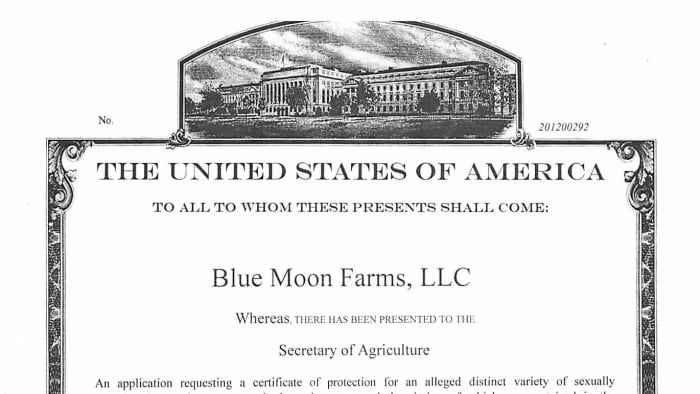
CCS 779 Gallery
Planting
CCS 779 Radish can be seeded at a rate of 1–10 lbs/acre depending on the mix or purpose. For best results, plant in the fall, at least one month prior to the first killing frost. Ideal seeding depth is ¼–½", 1" if neccessary to get moisture.
| Seeding Rate - Broadcast (Pure Stand) | 8–10 lbs/ac |
|---|---|
| Seeding Rate - Broadcast (In a Mix) | 4–5 lbs/ac |
| Seeding Rate - Aerial (Pure Stand) | 8–10 lbs/ac |
| Seeding Rate - Aerial (In a Mix) | 4–5 lbs/ac |
| Seeding Rate - Drilled (Pure Stand) | 8 lbs/ac |
| Seeding Rate - Drilled (In a Mix) | 2–4 lbs/ac |
| Seeding Rate - Precision Planting Pure Stand (for 15" rows) | 4 lbs/ac |
| Seeding Rate - Precision Planting in a Mix (for 15" rows) | 1–3 lbs/ac |
| Planting Dates | August–September, at least one month prior to the average first killing frost |
| Planting Zones (map) | green |
| Planting Depth | ¼–½" |
| Starter Fertilizer | 60 lbs N – either residual or applied |

Contact Us
Unable to find a dealer? Have a question? Drop us a note using the form below.
We know that your time is valuable and are committed to responding promptly. That said, it may take us a day or two. In order to expedite your request, we may send your inquiry directly to one of our distributors or industry experts. Thank you!
More Cover Crop and Forage Solutions
Many innovative cover crop and forage solutions are available at SmithSeed.com and these product sites.
